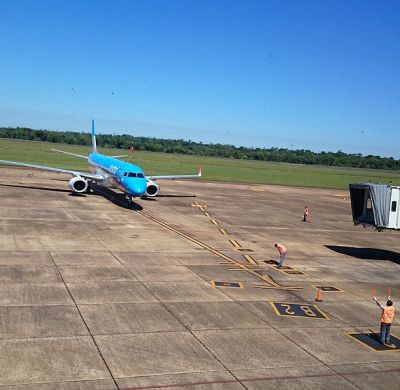Riblets for clean air and cost reductions

Airplane, fot. By Horacio Cambeiro (Own work) [CC BY-SA 4.0
Keeping large jets in flight while traversing thousands of miles at high speed consumes quite a bit of fuel. Novel technology to reduce drag while reducing weight promises a significant reduction in fuel usage and associated costs and emissions.
Fuel is a major operating expense for the airline industry and its
combustion is also an important source of emissions directly into the
Earth's atmosphere. Reducing aircraft weight and/or drag can
significantly reduce the amount of fuel needed for a given flight.
Scientists evaluated a novel way to do both within the context of the
EU-funded project 'Flight-tests with multi-functional coatings'
(LH-LHT-RFT).
Riblets, literally tiny grooves like little ribs on an aeroplane's
surface, can funnel air to reduce drag and fuel consumption. The riblets
are typically applied as multifunctional coatings. New paint systems
support embossing of the riblets directly into the paint itself,
reducing processing time and materials usage. The latter leads to weight
and cost reductions.
The trick to widespread implantation is to prove durability
comparable to that of conventional coating systems. LH-LHT-RFT performed
tests of riblet specimens applied on two commercial aircraft under
realistic flight conditions to evaluate performance of the new
integrated riblets. Success has inspired further projects with a focus
on industrial-scale application.
Air travel volume continues to increase and the world has become a
smaller place thanks to the rapid transit connecting people across
thousands of miles for business and pleasure. Widespread adoption by the
aerospace industry of technology tested in LH-LHT-RFT stands to have
tremendous impact on the environmental effects of air travel. It would
also provide an important competitive boost to the EU aerospace and
coatings industries.
published: 2015-01-30